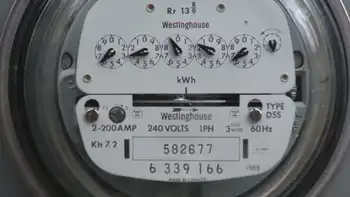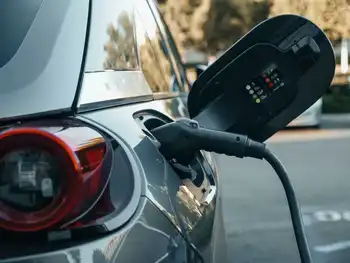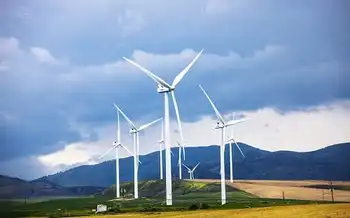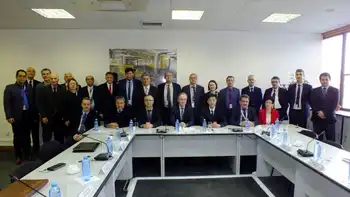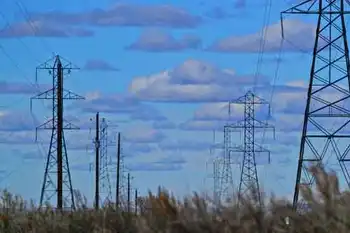Largest smart grid in U.S. gets funding
By Poten & Partners
Substation Relay Protection Training
Our customized live online or in‑person group training can be delivered to your staff at your location.

- Live Online
- 12 hours Instructor-led
- Group Training Available
"The work being done here makes Washington state a leader in smart grid technology," said Sen. Maria Cantwell, D-Wash., during a visit to Pacific Northwest National Laboratory in Richland. The Department of Energy lab is operated by Battelle, which is managing the Pacific Northwest Smart Grid Demonstration Project.
"With funding for this landmark smart grid demonstration project now moving ahead, our region is cementing its leadership in what will be a worldwide smart grid marketplace worth hundreds of billions of dollars," Cantwell said.
The $178 million project will demonstrate and test smart grid projects at 11 Northwest utilities, including the Benton Public Utility District. The Department of Energy has released $45 million to move the demonstration project from the planning to actual work, such as installing equipment.
Federal economic stimulus money is being matched by money from the utilities.
The project will create 1,500 jobs at its peak, including about 500 in Washington, Cantwell said.
In the Tri-Cities, the jobs will be for researchers and analysts, some of them already hired. But elsewhere, including Pullman, the project also will need workers to install meters and work on line crews.
However, the project also is intended to create good-paying jobs long term as it positions the Northwest as a national leader in smart grid technology.
The project will help show the benefits, and business models should follow to put technology into more widespread use, Cantwell said.
Smart grid technology is proposed to use new equipment and software to allow two-way communication between utilities and consumers. It would help utilities know more about who is using the grid when and help them use the grid more efficiently.
For consumers, it could mean lower power costs.
In an earlier PNNL project, 112 homeowners on the Olympic Peninsula were given equipment that allowed them to receive constant price updates and to make choices that would have software automatically reduce their power use in peak periods when electricity is most expensive.
The result was a 10 percent savings on their electric bills.
"If we can get 10 to 15 percent efficiency from our existing electrical supply, that's a great bonus," Cantwell said. Electricity demand is expected to grow 40 percent by 2030.
But now, most homes and businesses use a type of electricity meter designed before television, Cantwell said. They don't know the cost of their electricity use until a month later.
Unless the grid is "smarter," it also will not be able to handle the millions of plug-in electric vehicles that would reduce the nation's dependence on foreign oil, she said.
In addition, power outages and disturbances in power quality cost the economy more than $100 billion a year and risk people's health and safety, she said.
The Benton PUD already has installed smart meters that allow two-way communication for 35,000 of its 47,000 customers.
But now it will use its participation in the Pacific Northwest Smart Grid Demonstration Project to figure out how to best use the data collected to make better decisions on how to distribute power, said Rick Dunn, PUD director of engineering. Efficiency will be important as the cost rises for the Northwest's now relatively inexpensive power.
As part of the project, the PUD is installing intelligent electronic devices in the Rancho Reata area to better track the flow and demand of electricity distributed to customers there.
In addition, it will try a small-scale energy storage project at Rancho Reata that will use a battery and a motor as a generator. The project would focus on demonstrating the storage of energy from intermittent sources such as wind or solar.
Also participating in the Pacific Northwest Smart Grid Demonstration Project are the Bonneville Power Administration, the University of Washington and Washington State University. The utilities in the project have customers in five states.





